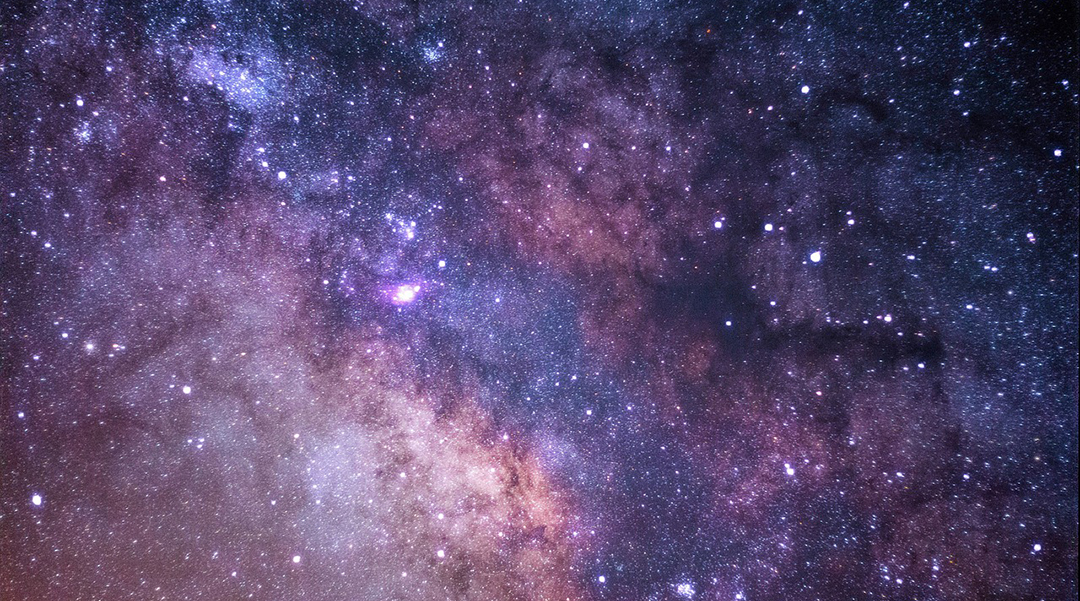Supermassive black holes, with masses millions or even billions of times greater than that of the Sun, are not only fascinating objects in their own right; they also play a key role in shaping galaxy evolution through immense gravitational forces and relentless matter consumption.
This makes deciphering their origins and determining their properties, such as mass and the prevalence of supermassive black holes in the early Universe — when it was less than a billion years old — essential for grasping the broader development of the Universe.
“The formation mechanism of early black holes is an important part of the puzzle of galaxy evolution,” said Matthew Hayes from the Department of Astronomy at Stockholm University, in a press release. “Together with models for how black holes grow, galaxy evolution calculations can […] be placed on a more physically motivated footing, with an accurate scheme for how black holes came into existence from collapsing massive stars.”
However, identifying supermassive black holes in distant galaxies is very challenging. Astronomers typically look for the imprint these black holes leave in the radiation emitted by their host galaxies. The presence of a supermassive black hole can heat and accelerate nearby matter, creating high-energy radiation that can be detected from Earth.
A new way to find supermassive black holes
The challenge lies in isolating this black hole-specific radiation from the other numerous light sources that naturally occur in a galaxy. To solve this problem, the research team led by Hayes explored a new way of studying supermassive black holes by measuring how the brightness of a galaxy’s light changes over time.
Black holes, especially supermassive ones, noticeably influence a galaxy’s brightness over relatively short periods of time due to events such as matter spiraling into the black hole or the black hole ripping apart a nearby star.
These violent processes release tremendous amounts of energy and unfold on the scale of a few years, which is much faster than typical astronomical events, like galaxy formation or star evolution, making a quick change in the galaxy brightness a good indicator of a supermassive black hole presence.
In a study published in Astrophysical Journal Letters, the researchers examined a detailed set of images taken by the Hubble Space Telescope over 15 years, analyzing subtle changes in brightness within an incredibly small region of space — about one-thirty-millionth the size of the entire sky. Observing such a tiny area comes at the cost of detail; the telescope had to collect light for an extended period without changing its orientation in space to achieve these high-resolution images.
As a result, the scientists were able to discover three supermassive black holes whose light had traveled nearly 13 billion years to reach Earth, providing a glimpse of these objects when the universe was less than a billion years old.
However, the team encountered a puzzling finding: the number of supermassive black holes in the early universe was greater than expected, aligning with estimates for the number of such objects in the present-day universe.
This is unusual because scientists had anticipated that more supermassive black holes would have formed over the billions of years since that early time. They expected that the continuous feeding of black holes on surrounding matter would lead to their growth, transforming many smaller black holes from the early universe into supermassive ones.
Yet, the team’s findings indicate that a significant number of supermassive black holes already existed in the early universe, challenging existing theories of black hole formation and growth that predict far fewer should have been present at that time.
“Many of these objects seem to be more massive than we originally thought they could be at such early times — either they formed very massive or they grew extremely quickly,” said Alice Young, a doctoral student at Stockholm University and co-author of the study.
Reshaping how we understand the Universe
This unexpected discovery suggests the possible existence of many more supermassive black holes than previously thought. If validated, it could indicate significant gaps in our understanding of how these objects formed and evolved.
While intriguing, the study’s conclusions are based on measurements from just three black holes, raising the possibility that the data could be a statistical anomaly — more extensive data is needed to draw definitive conclusions. To confirm their findings, the researchers plan to study a larger section of the sky than what the Hubble Space Telescope covered.
The James Webb Space Telescope, with its much greater sensitivity compared to Hubble, could play a crucial role in extending this research. However, it hasn’t been operational long enough to gather the data required for such studies.
Despite these uncertainties, the study represents a significant advancement in our quest to understand supermassive black holes. If these early black holes did indeed form rapidly and in such large numbers, it may compel scientists to rethink existing theories about the evolution of the universe.
As more data is collected, we may finally uncover the true nature of these enigmatic celestial bodies.
Reference: Matthew J. Hayes et al, Glimmers in the Cosmic Dawn: A Census of the Youngest Supermassive Black Holes by Photometric Variability, The Astrophysical Journal Letters (2024). DOI: 10.3847/2041-8213/ad63a7
Feature image credit: StockSnap on Pixabay

















